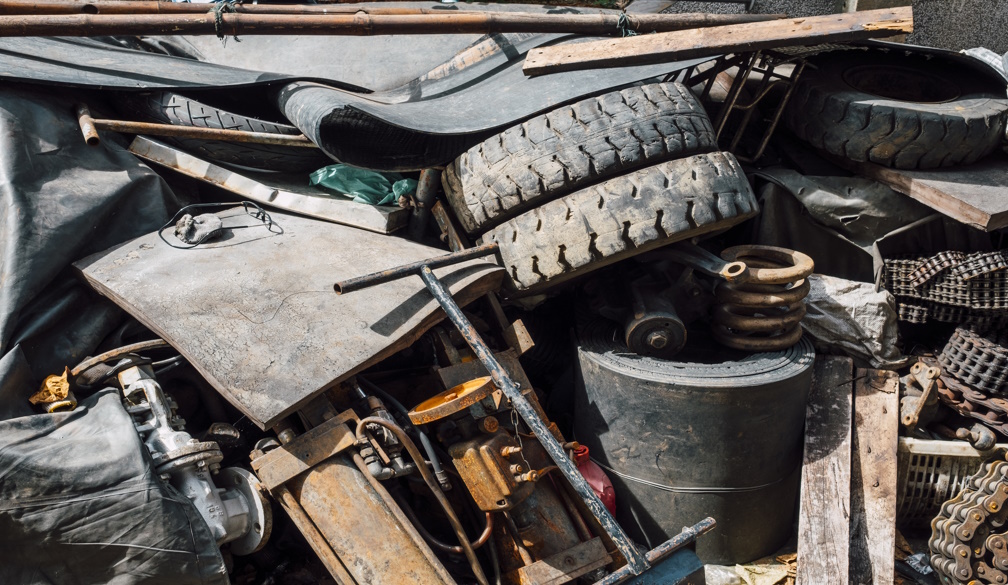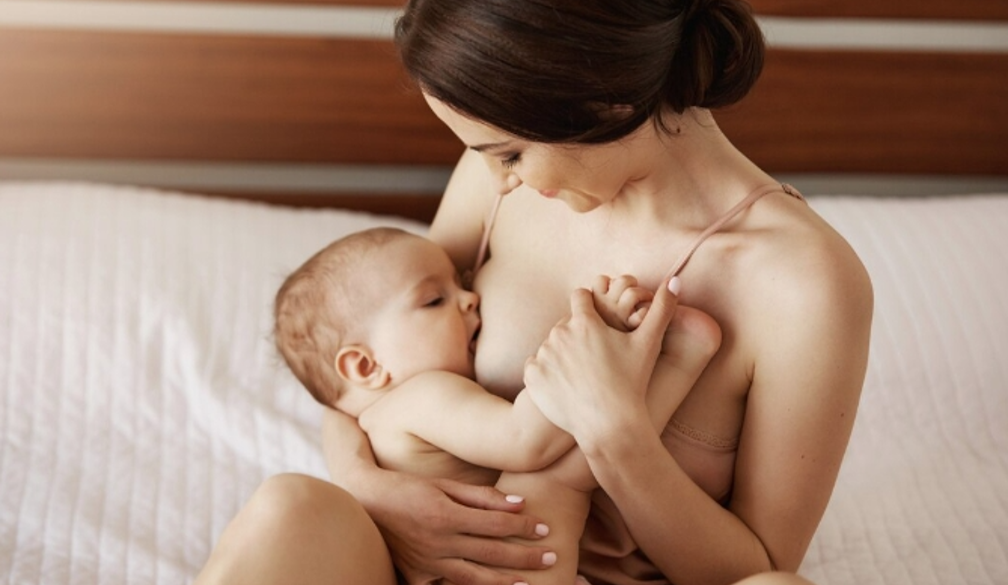It would cost billions, but pay for itself over time. The economic case for air conditioning every Australian school
- Written by Geoff Hanmer, Adjunct Professor of Architecture, University of Technology Sydney
Later this week the government will receive the report of the year-long independent inquiry into its handling of the COVID pandemic.
Among the issues it will have to contend with is air quality, in particular the air quality in high occupancy public buildings such as schools, aged-care facilities, shops, pubs and clubs.
Many already have high quality air. High-fitration air conditioning (so-called mechanical ventilation) is standard in offices, hospitals and shopping centres.
But not in schools. Almost all of our schools (98% in NSW) use windows.
In Australia’s national construction code, this is called “natural ventilation” and it is allowed so long as the window, opening or door has a ventilating area of not less than 5% of the floor area, a requirement research suggests is insufficient.
Windows, but no requirement to keep them open
There’s no requirement to actually open the windows. School windows are often shut to keep in the heat in (or to keep out the heat in summer).
The result can be very, very stuffy classrooms, far stuffier than we would tolerate in shopping centres. This matters for learning. Study after study has found that when air circulation gets low, people can’t concentrate well or learn well.
And they get sick. Diseases such as flu, COVID and respiratory syncytial virus (RSV) spread when viruses get recirculated instead of diluted with fresh air.
The costs of the resulting sickness are borne by students, parents, teachers and education systems that need to find replacement staff to cover for teachers who are sick and parents who need to look after sick children at home.
A pilot study prepared for the Australian Research Council Centre for Advanced Building Systems Against Airborne Infection (known as “Thrive”), suggests the entire cost of installing high-filtration air conditioning in every Australian school would be offset by the savings in reduced sickness.
What classroom air is like
The study carried out by the education architecture firm ARINA compared the ventilation of 60 so-called naturally ventilated schools in southern NSW and the Australian Capital Territory to that of a school in Sydney that happened to have been fitted with a Standards Australia-compliant air conditioning system to control aircraft noise.
It used carbon dioxide levels to measure ventilation. Carbon dioxide is a good proxy for ventilation because its levels are determined by both the number of people breathing out concentrated carbon dioxide and the clean air available to dilute it.
Under a normal load, defined as 26 students, one teacher and one assistant, measured levels of carbon dioxide in the air-conditioned school stayed below 750 parts per million (ppm) and were typically between 500 and 600 ppm.
A reading of 700 ppm is particularly good. It means the people in the room breathe in less than 0.5% of air breathed out by others.
But in “naturally ventilated” classrooms the reading often climbed to 2,500 ppm and sometimes more, within an hour of a class commencing.
At 2,500 parts per million, people in the room are breathing in 5.5% of the air breathed out by others. This is also high enough to affect cognition, learning and behaviour, something that begins when carbon dioxide climbs above 1,200 ppm.
Research suggests using ventilation to cut carbon dioxide to 700 ppm can cut the risk of airborne transmission of disease by a factor of two and up to five.
The economic case for healthy air
In 2023, Australia had 9,629 schools with 4,086,998 students.
ARINA has previously estimated the cost of ensuring all of these schools are mechanically ventilated at A$2 billion per year over five years.
Offsetting that cost would be less sickness. Documents released under freedom of information laws show Victoria spent $360.8 million on casual relief teachers between May 2023 and May 2024, 54% more than before COVID in 2019.
The figures for other states are harder to get, but if Victoria (with 26% of Australia’s population) is spending $234 million more per year on casual relief teachers than before COVID, it is likely that Australia is spending $900 million per year more.
Add in the teachers in non-government schools (37% of Australia’s total) and the potential saving from air conditioning schools exceeds $1 billion per year.
Add in the other non-COVID viruses that would no longer be concentrated and circulated in classrooms and the potential savings grow higher still.
Worth more than $1 billion per year
And, in any event, the cost of replacement teachers is a woefully incomplete measure of the cost of illness in schools. Many ill teachers can’t be replaced because replacements aren’t available, making schools cancel lessons and combine classes, costing days, weeks and sometimes months of lost education.
Also, the bacteria and viruses spread by recirculated air infect students as well as teachers, keeping students (and often their parents) at home as well.
This suggests the costs per year of not air conditioning schools exceed $1 billion and may well approach or exceed $2 billion, which is the estimated cost per year over five years of air conditioning every Australian school.
Natural ventilation was never a good idea for classrooms: it was cheap at the time, but not cheap at all when the costs are considered. Those costs happen to extend beyond disease to thermal comfort, energy use and the ability of students to concentrate.
It’s time we gave students and teachers the kind of protections we demand for ourselves in our offices, our shopping centres and often our homes. It would soon pay for itself.
Authors: Geoff Hanmer, Adjunct Professor of Architecture, University of Technology Sydney


















